|
This morning a discussion began between my husband and a friend about our dogwood tree. H, posted a picture on his FB page of this tree which was a gift from my mother-in-law, and planted in memorium to our beloved Irish Setter, Mister Moore, who passed away 8 years ago. Our friend, after seeing the picture commented that she was pretty convinced our dogwood was a forsythia bush. The clues of course being the bright yellow flowers, showy and perched along the branches. The bold yellow bursts into view from our dining room window for nearly a decade now, and is always in stark contrast to the leafless, deadness and monochromatic colors of winter. The photo taken this morning added an additional sunny disposition to the morning as it dawned into an overcast and drizzly day. As we looked at the picture, we did agree the sunny burst of yellow did indeed look a lot like the tarty forsythia clamoring for all the attention in early spring. We also have two forsythias that are beginning to bud. So, to anyone not familiar with this variety as a dogwood of course it's an easy case of mistaken identity. Further confusion came when the name of the dogwood is Cornelian Cherry. Yes, this dogwood also produces cherries, edible ones. This fits wonderful in our permaculture planted orchard. However, it is not a cherry tree, despite it's name.
So, I set about with some photographs along with a bit of an explanation of each separate genus. Cherry Tree, Dogwood Tree and Forsythia. DOGWOOD TREE There are over 100 genus of Cornus, of the larger family Cornaceae, and and over 50 subgenus Cornus dogwood, and several cornus mas species. The Cornus Mas, or Cornelien Cherry Dogwood we have is I believe the cultivar is "Elegant". Mister's tree is 8 years, and they typically produce fruit starting at year 4. This is what we noticed, and at the time were pleasantly surprised. The tree is more shrub like, but will possibly grow to a height of 25 feet if not pruned. We are in zone 5 "isn", but is hardy in zones 4 to 8. The tree is happy in half to full sun, and enjoys well drained soil. This would be a lovely addition in an edible garden, and could be trimmed to suit a hedge, if desired. This dogwood is a nice habitat and more a welcome sight to the beneficial pollinators after a long winter and other beneficial insects as it comes along so early with with it's lovely profusion of pollen. We haven't observed any pests or problems with our dogwood. The tree leaves are a beautiful variegated red come autumn, although they drop too soon in this zone. The flowers of the Cornelian Cherry are small, yellow with four petals produced in clusters. The fruit shape rather than round, is known as an oval to a "drupe", reminding me of drop-style earrings with one seed. The leaves of the tree are oval/oblate and opposite one another on the stem. The bark of the tree is a bit shaggy, with vertical striations. The cherries ripen unevenly, from mid to late summer, and ripens fully once fallen from the tree. I usually test and those that fall into my hand easily I pick before they hit the ground. This year we have had a relatively mild winter, and are in hopes of a nice full crop of cherries. We were pleasantly surprised at the flavor of the fruit. The fruit is not fleshy, like you would find with a typical rounded cherry, but is more oblong. The fruit is on the tart side, which is typically a good sign for a nutritional benefit. Indeed, these are high in anthocyanins , minerals and vitamin C, so fits in nicely again for us, with the aim to grow only the most nutrient dense of berries, fruits and herbs. As for as eating, the ratio of flesh to pit is more along the lines of a thin olive. Because the pits are there, juicing in a steam extractor is great for fresh juice or jelly, and seems to be the most efficient way to handle the fruit. However, pitting them can be done by hand for jams and sauce. They are also good for fresh eating out of hand, with an excellent nutritional boost as a bonus, becoming less tart to sweet as they ripen on the tree. FORSYTHIA Forsythia is of the Order Lamiales, of the family Oleaceae, which is the olive family and Genus Forsythia. The forsythia received it's name by the Royal gardener, a Scottish botanist by the name of William Forsyth. There are only about 11 species hailing from Asia primarily. The forsythia is deciduous, grows to height of 3 to 10 feet, although some species are taller to 20 feet. The flowers are bright yellow, and arrive before the leaves. The flower has 4 lobes, or petals typically. The flower holds several dry seeds. Forsythia love full sun, and will not provide the full bloom without it. They enjoy well-drained soil, and thrive in heavy organic amendments. Some forsythia droop, in stature similar to a willow at a glance, specifically of the cultivar Forsythia Suspensa. These weeping branches can take root once touching the ground, and can be layered to root for propagating. Another cultivar that grows upright, and is smaller in stature is the Forsythia Intermedia. Both forsythia we have on the property are the suspensa cultivar and look very much in form like our Blue Arctic willows, although not as wispy, dainty or "willowy" looking. They both bloom in early to mid spring, although the blooming is usually uneven on both, never erupting fully at once. This is a bit of a bummer, but in winters past has been thought to be heavy snowfall or late, untimely frosts and frost pockets. Ours are planted in full sun, which they require for full splendor, but alas, we still await the perfect full on bloom. Perhaps we will provide a heavier mulch layer and see if that makes a difference this year along the base. Forsythias are food plants for moths and butterflies and is a host plant for their larvae, as the eggs are laid there to hatch. CHERRY TREES Cherry trees hail from the genus Prunus. There are several cultivars, of two Genus. Prunis Avium, the sweet cherries, and Prunus Cerasa, the tart varieties. There are standard sized as well as dwarf. The size of a cultivated variety is determined by its rootstock. Mazzard and Mahaleb or dwarf rootstock, such as Gisela 5. The Mahaleb rootstock withstands a lighter more alkaline soil and irrigation producing a smaller tree. The Mazzard rootstock is more standard sized, and will handle heavy soils and moisture. The Gisela 5 produces a dwarfed tree, but does not handle wet soil. We have two standard rootstock and the other cultivar are dwarf with an expected height of under 10 feet. They are on the Gisela 5 rootstock. Cherry trees produce pink, bright pink to fuschia or burgandy flowers. The fruit is bright red, to dark burgundy, yellow and purple. We have 3 cultivars of cherry trees in the orchard. We have Bing and Black Tartarian, both sweet (Prunus Avium), cherries, for cross-pollination. These two cultivars require a minimum of 700 chill hours to be able to set fruit. This means the temperature must remain between 32 and 45 degrees fahrenheit for 700 hours. We also have several dwarf Almaden Duke. These are a sweet/tart cherry and are self-pollinating. Our standard cherry trees each since maturity, have been affected by untimely frosts, so we have not had the fruit bear as of yet, but are all still young. The standard trees are 7 years this spring. We are in hopes of a few cherries to celebrate. Ultimately each tree could produce 50 to 80 pounds per year. While we haven't enjoyed the fruits of our labor, nor theirs yet, we have watched in awe at the fireworks of pink blossoms each spring. We are in hopes that Mother Nature will allow us a couple of cherries this year. Or should I say, distracts the birds long enough for us to get to them first. So, there is the wee bit of info about these trees, bushes, their fruit, etc. ;) Cherries Blueberries Aronia Goji Berries Grapes Medlar Peach Apricots Heart Nut Pears Apples Goumi Berries Sea Buckthorn Schizandra Berry Perennial flowers and herbs (planted in guilds and within the orchard) Butterfly Bush Comfrey Arnica Bee Balm Bronze Fennel Motherwort German Chamomile Stinging Nettle Chives Cosmos Echinaea purpurea Horehound Hyssop Lavender Egyptian Walking Onions Greek Oregano Yarrow Lemon Balm Apple Mint Peppermint
and 2 wild variety trials, we're hopeful but currently, they are just sticks in the ground. |
Archives
July 2016
Categories |
|
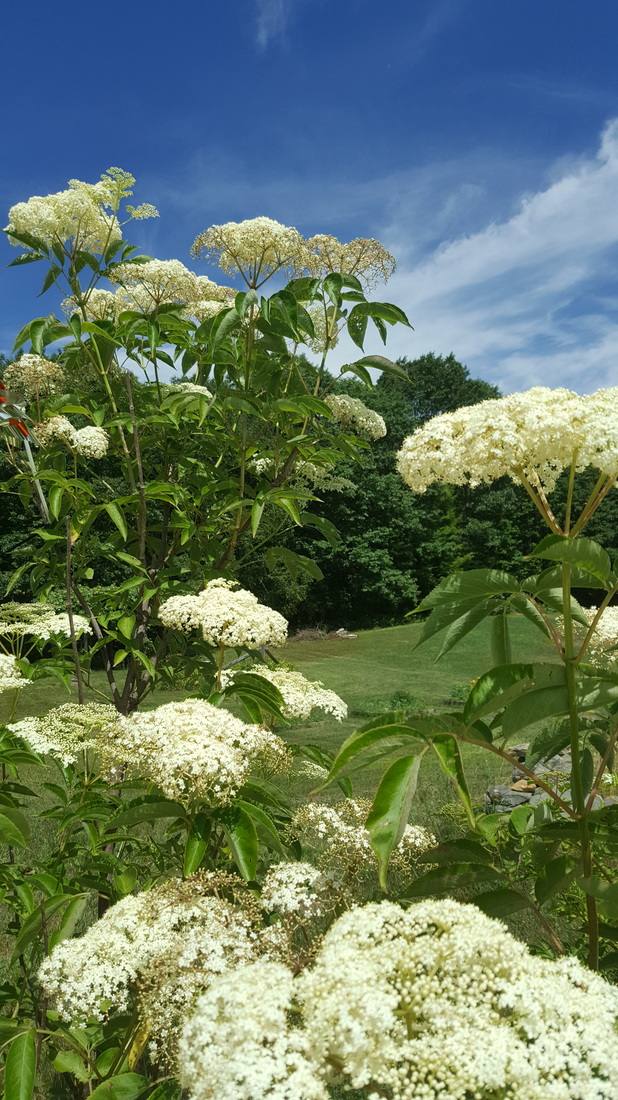

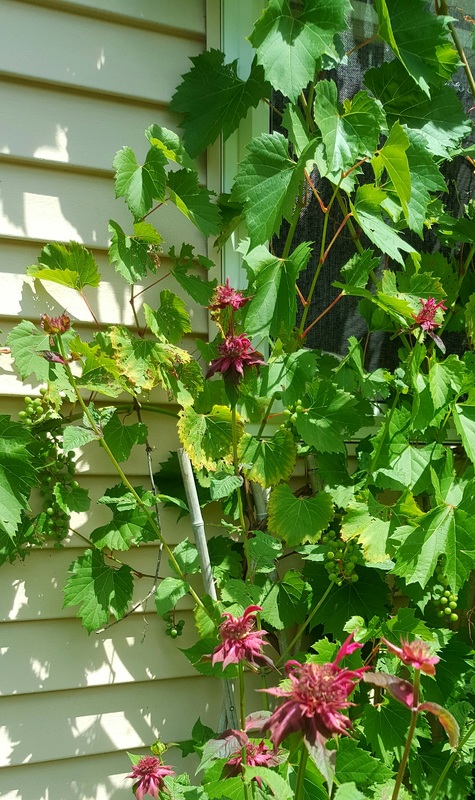





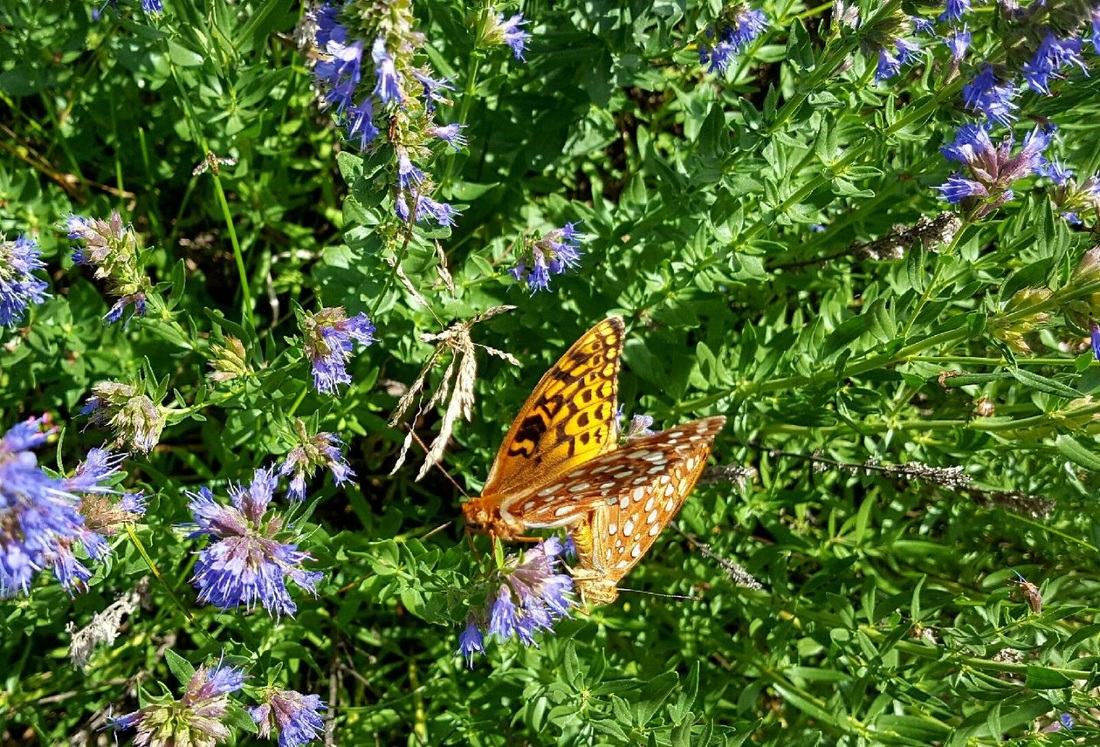
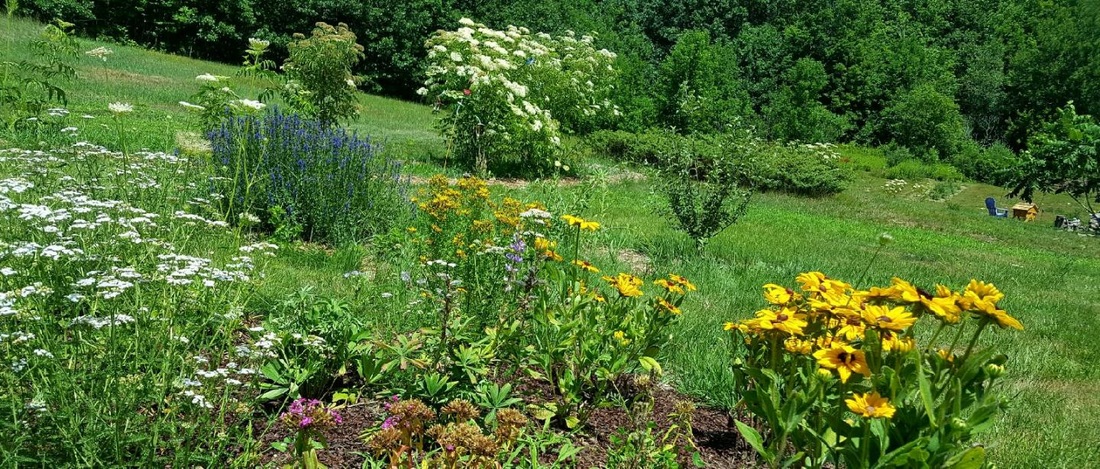


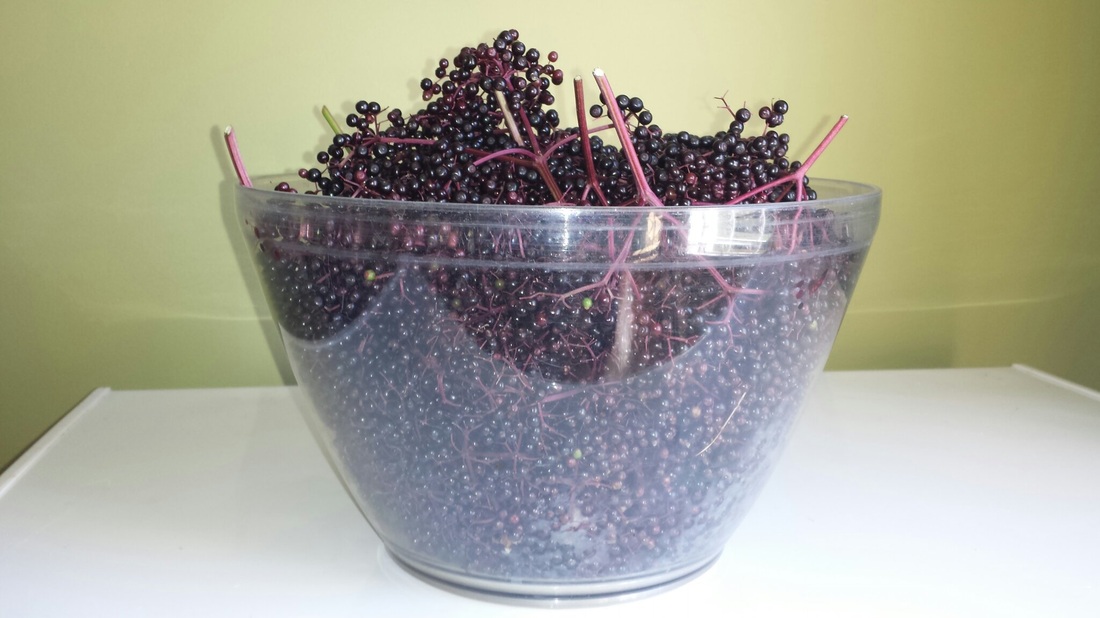
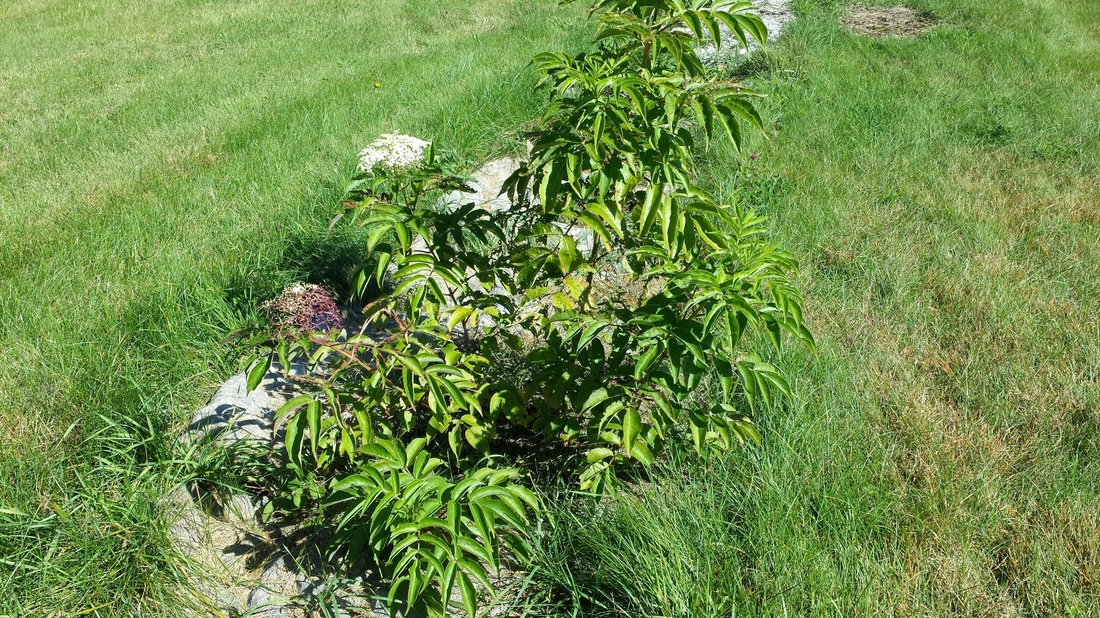
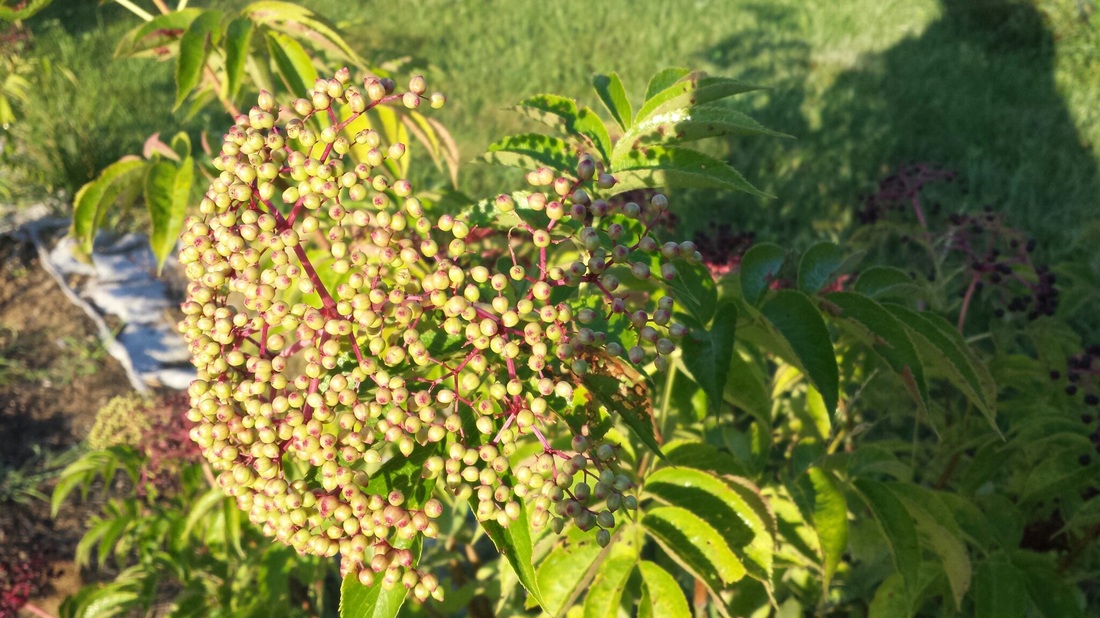

 RSS Feed
RSS Feed